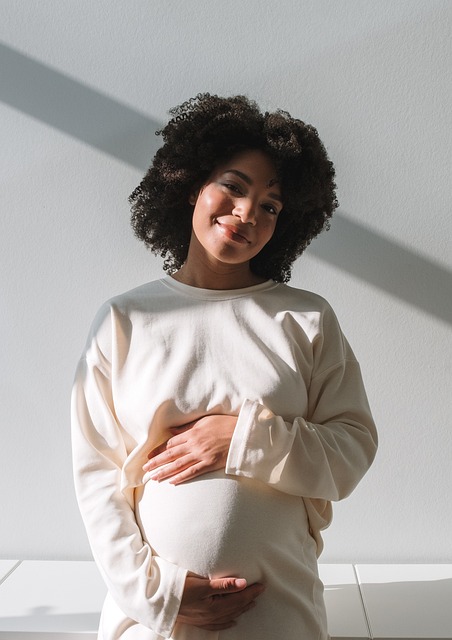Reciprocal IVF is a fantastic option for LGBTQ+ couples looking to embark on the journey to parenthood together. This innovative approach allows one partner to provide the eggs while the other carries the pregnancy, creating a truly shared experience in starting a family. It’s perfect for lesbian couples, trans men, or non-binary partners who want to be actively involved.
How Does Reciprocal IVF Work?
So, how does it work? Well, it starts with a fertility assessment where the partners determine who will donate the eggs and who will be the gestational carrier. After that, eggs are collected from one partner and fertilized with donor sperm in a lab. The resulting embryos are then transferred into the other partner’s uterus. This way, one partner acts as the genetic parent, while the other carries and gives birth to the baby. Isn’t that meaningful?
The Steps Involved in Reciprocal IVF
When you begin the reciprocal IVF process, you can expect several steps. First up is the fertility assessment and consultation, where you’ll have tests done to establish the best course of action. Specialist counselling is also available throughout the process if you need extra support. After that, you’ll go through treatment planning, ovarian stimulation, and then the egg collection.
Once the eggs are retrieved, they will be fertilized in the lab and monitored as they develop into embryos. Finally, when everything is ready, the best embryo is transferred to the gestational carrier’s uterus. It’s as simple as that!
Also, if you’re curious about medication while breastfeeding, check out this blog post about it; it’s super informative. And for a deeper dive into artificial insemination, you can visit this helpful link.
Conclusion
In summary, reciprocal IVF is an incredible journey that allows LGBTQ+ couples to share the experience of creating a family. From the initial fertility assessment to the joyful embryo transfer, every step is designed to foster connection and involvement.

